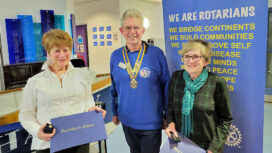A father of two who drowned in front of his teenage sons while they were coasteering with Swanage outdoor adventure company Land and Wave, died as a result of misadventure, an inquest jury has ruled.
Iain Farrell, aged 49 of Dorney near Windsor, had taken his 13 and 15 year old sons on a camping weekend in Dorset in May 2019 and had booked them all on a coasteering expedition at Hedbury Quarry, near Swanage on the Jurassic Coast.
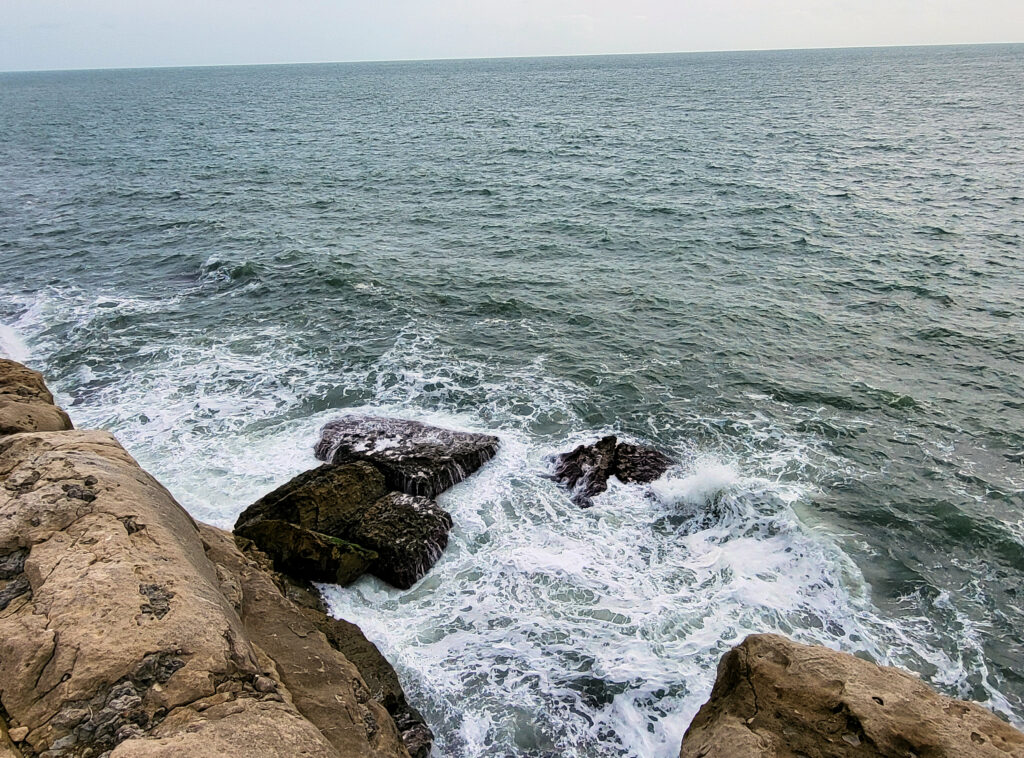
The point at Hedbury Quarry, near Dancing Ledge, where coasteerers enter the sea
Eight pulled to safety by lifeboat
An often harrowing inquest heard evidence from dozens of witnesses about the unsuccessful two hour rescue on Sunday 26th May 2019 which was beset by strengthening waves and communication problems.
Eight others in the group, which included four children and an asthmatic, formed a human raft to stay afloat and were eventually pulled out of the water by the Swanage RNLI lifeboat crew in ‘challenging’ conditions.

Swanage Lifeboat is often called to emergencies in rough conditions
“A large wave swept him back into the water”
The spokesperson for the jury delivered the verdict, telling the coroner’s court:
“Iain Farrell died as a consequence of misadventure in circumstances where he inhaled seawater after he had become breathless during a swim.
“Having been extracted from the water onto a ledge by the instructor, a large wave swept him back into the water in a challenging sea state during a led coasteering experience.
“Prior to starting the activity, Mr Farrell had expressed that he was not a confident swimmer.”
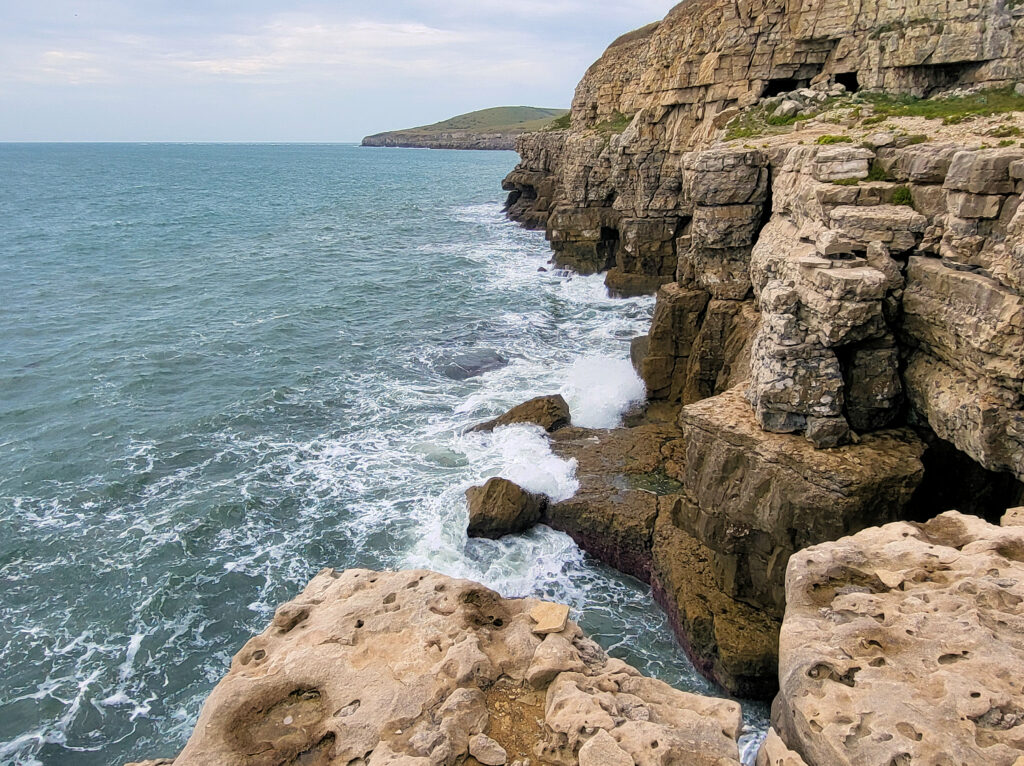
Iain Farrell was pulled onto a ledge beneath the cliffs, but a wave took him back into the sea
“Must have been a terrifying experience”
The lifeboat crews, coastguards and others who tried desperately to save Iain Farrell were praised at the end of a two week inquest by Dorset Coroner Brendan Allen.
Speaking after the jury had delivered its verdict, Brendan Allen said:
“I am sure that everyone would want to join me in recognising some of the incredible bravery that was on display from a number of individuals that day, including those in the safety raft for whom it must have been a terrifying experience.
“Also Jack Thompson and Jessica Gundry [of outdoor education company Cumulus] who came to Iain’s aid on the ledge, the RNLI boatmen and the winchman from the coastguard helicopter who were landing on that ledge in very treacherous circumstances.”
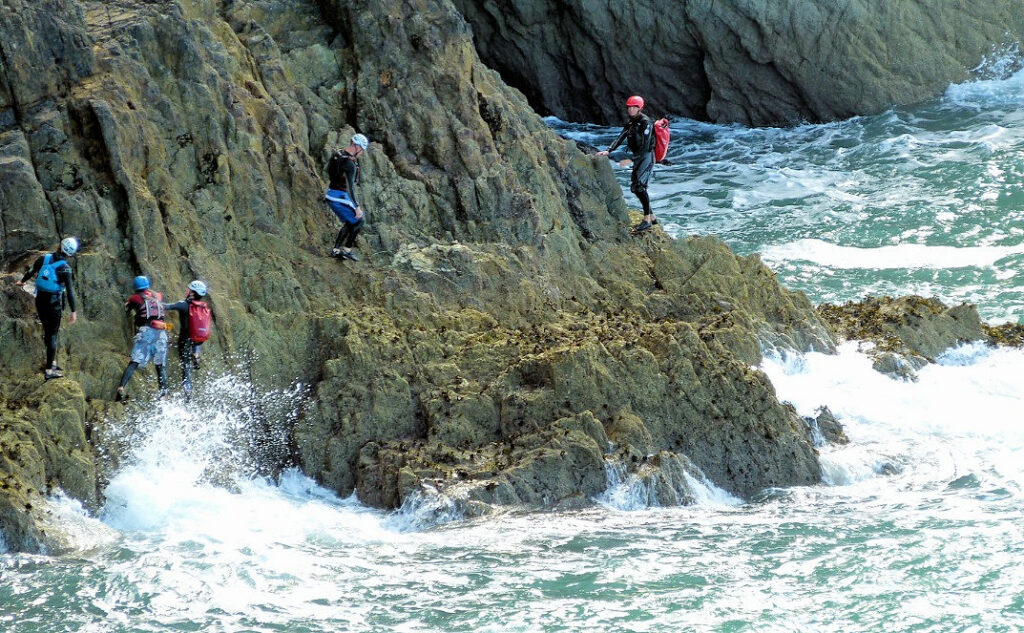
The National Coasteering Charter is revising safety guidance in the UK
Attempt to prevent any future deaths
Brendan Allen said that he will write a report to try to prevent any future deaths, which he will deliver to the National Coasteering Charter. It’s understood that the industry body is revising guidance to all firms that take the public on coasteering experiences around the UK.
It is believed he will address the dangers of groups being led by only one guide, and say that guides should always carry a radio or mobile phone with them rather than leaving them onshore.
It was also suggested that coasteering companies should be clear that the sport is a risky activity, and make sure that participants are quizzed about their sea swimming ability and physical fitness in addition to any medical condition.
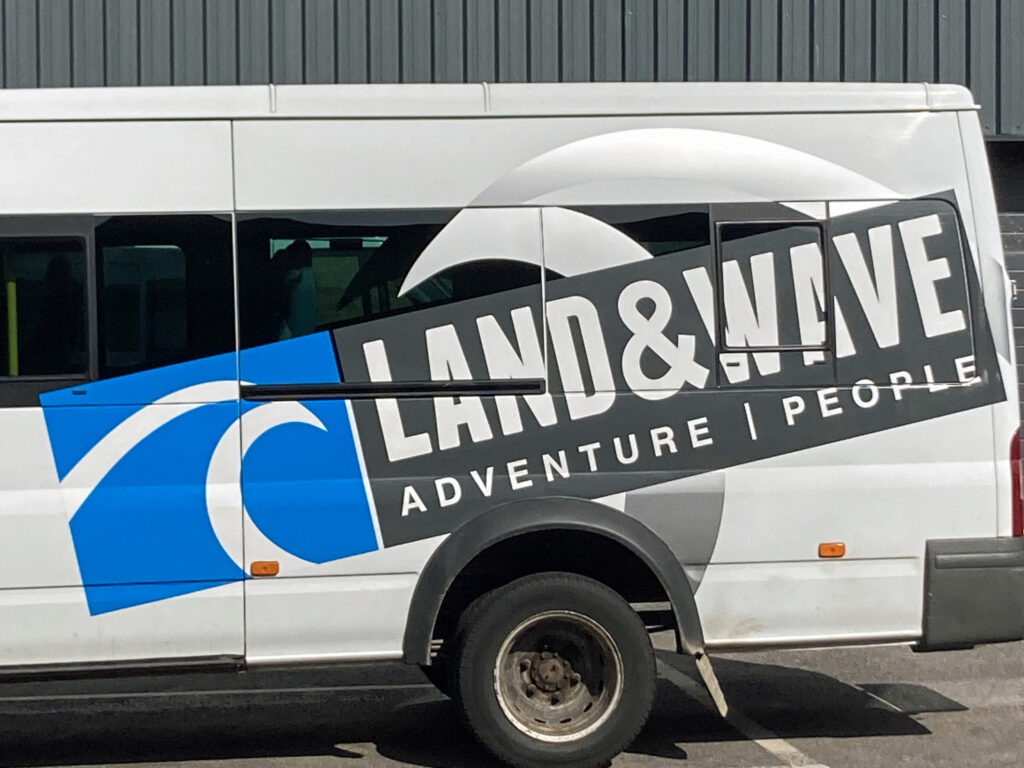
Land and Wave has run coasteering activities since 2010
Land and Wave gave evidence at the hearing
Earlier during the inquest hearing, former director of Land and Wave, David Mutton told the jury that the company had been running coasteering activities since 2010, had been fully licensed and followed National Coasteering Charter ratio guidelines of one guide for a maximum of 10 participants.
He described the group’s guide on the day, Charles Ridley, as very experienced, fully qualified and well respected, and said that guides had the total backing of the company to change or cancel a session if they felt conditions were too bad.
Land and Wave has not returned to Hedbury Quarry since the tragedy, has updated and strengthened its own operating practices and policies and says it intends to continue to do so.
“Golden rule is to stop if it feels unsafe”
David Mutton told the inquest jury:
“I can stand here today and say categorically that the golden rule is to stop if it feels unsafe… (but) it is not possible to reduce all the risks of coasteering.
“A group leader would cancel a session when the conditions were unsafe or it was not the right situation for the participants. It is a decision that can happen at any time, typically 20 to 30 days a year.”
Iain Farrell and his sons were part of a group of nine who got into the sea at Hedbury Quarry, near Dancing Ledge, wearing wetsuits, helmets, trainers and buoyancy aids.
Solo guide Charles Ridley had briefed them on safety issues and procedures, and asked them to swim out one at a time so that he could assess how confident they all were in water.
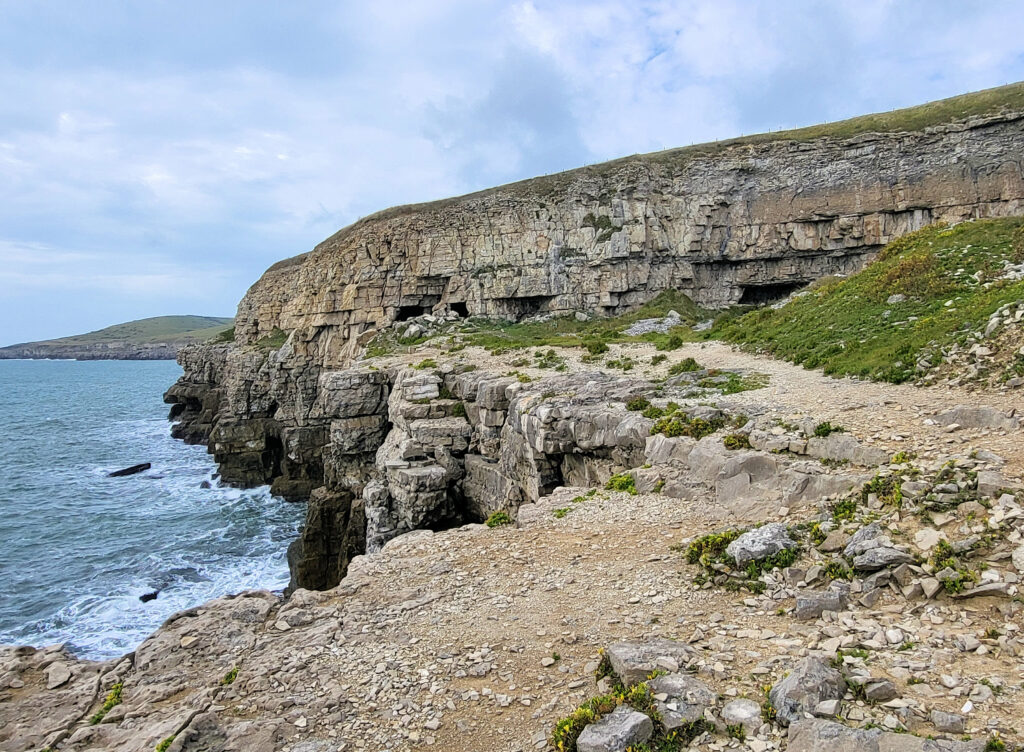
Part of the coasteering route along the cliffs at Hedbury Quarry
VHF radio was left onshore
Iain Farrell, who was described as strong, fit and healthy, was a weak swimmer and not confident in the sea, and quickly fell behind the other eight in the group.
Charles Ridley made the decision to get him back to shore in rapidly worsening conditions, and although they reached a rocky ledge close to the shoreline, a massive wave crashed into them, knocking Iain Farrell back into the sea.
As the rest of the group formed a circular human raft kept afloat by their buoyancy aids, they saw the horrific tragedy play out in front of them, as Charles Ridley tried to throw a rescue rope to Iain Farrell before diving into the ferocious waves and pulling his body onto a ledge.
He started to administer CPR as the rest of the group frantically tried to attract the attention of rock climbers in the quarry, eventually getting them to raise the alarm and call the coastguard.
Although Charles Ridley carried a VHF radio in a rescue bag, company instructions were to leave it on the shore as a radio had previously been damaged at sea and as there was no mobile phone signal at Hedbury at least 15 minutes were lost in calling for help.

Above Dancing Ledge looking towards Hedbury Quarry, where sea conditions can change quickly
Conditions at Hedbury were challenging
Charles Ridley, who has given up coasteering and swimming since the incident, told the jury:
“If someone said to me they couldn’t swim, I would query them further, but if someone said to me they had never been in the sea before and couldn’t swim, at that point I would suggest that they didn’t come on the session with us.
“The conditions at Hedbury Quarry that afternoon were challenging, but not at the point where I would deem it necessary to cancel the session.
“The conditions got progressively worse while we were at sea. When I was trying to get Mr Farrell out, I had already made the decision to cancel the rest of the session, my first priority was to get Mr Farrell out of the water.
“Had the conditions been like that when I first got down to the sea, I would not have gone out.
Addressing the family sitting in the court, he added:
“I am very sorry for your family’s loss.”

Swanage Coastguard was scrambled to attend the unfolding emergency
“We still have to abide by speed limits”
Swanage Coastguard station manager Ian Brown, who received one of the first emergency calls, recounted to the jury what happened on the day:
“We are volunteers with our own day to day jobs, so we have a paging system to alert us with a text message backup.
“The text message was one person unconscious and seven more in the water between Dancing Ledge and Hedbury. I drove to the station, kitted up in protective clothing, checked that our vehicle had all the equipment we needed, and waited for three of us to attend.
“We then headed for Spyway Farm as quickly as possible – we do have blue lights and sirens, but we still have to abide by the speed limits.
“We couldn’t see anything at Dancing Ledge, so we made our way to Hedbury. I could see white crested waves, which indicated that the sea was rough, it was grey and there was low cloud coming in as well.”
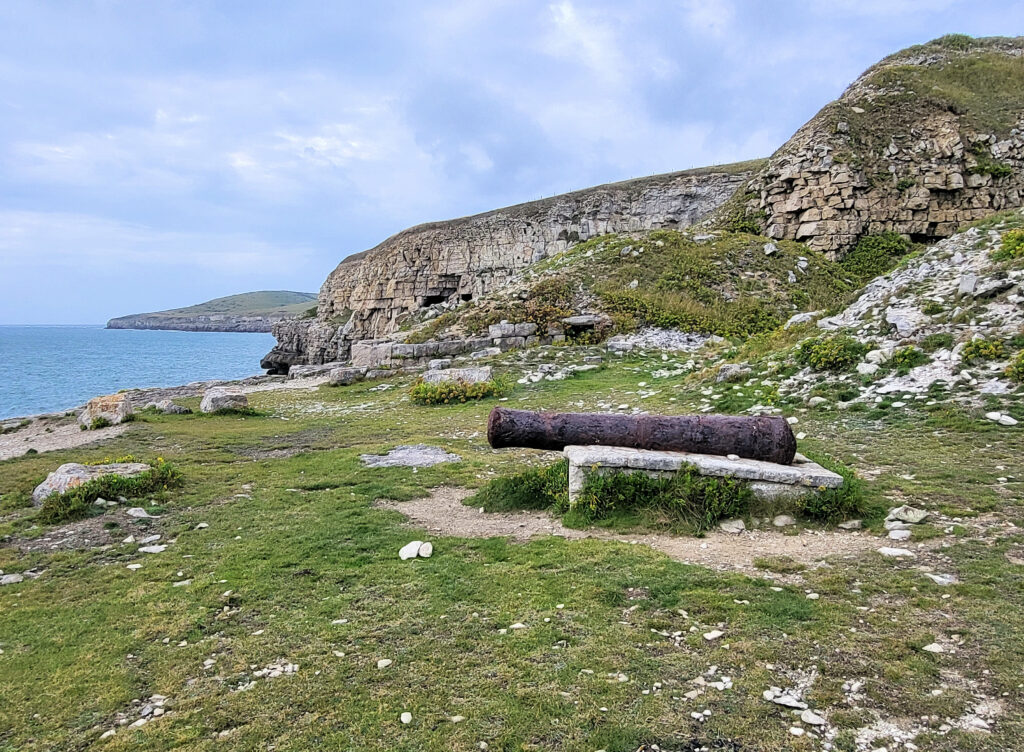
Hedbury Quarry is a popular location for adventure sports
“Very quickly the lifeboats arrived”
Ian Brown continued:
“There was all sorts of information coming in on the radio and I am considering whether this was a major incident – in those first few seconds I was aware that I might have up to eight people who were all separated and in danger.
“Very quickly the lifeboats arrived on the scene and confirmed that they had the majority of the people in a human ring, so I no longer considered declaring it a major incident, though it was still very serious.
“I deployed a coastguard and a paramedic over the cliff by rope, to get help to the scene as quickly as we could. A member of the lifeboat had made it onto the ledge with Mr Farrell and requested a defibrillator, which we passed down on a rope.
“The sea conditions were moderate to rough and we were aware that the lifeboat would have problems getting close to the ledge, so the coastguard helicopter recovered Mr Farrell, winching him from the ledge to the quarry floor where we were, so we could continue doing CPR.”

Rock climbers use Hedbury Quarry as a base for their sport
“There was something to unravel here”
Police sergeant Matthew Bradley, the investigating officer into the death of Iain Farrell, said that his team originally attended the Swanage RNLI Lifeboat Station where up to 30 people were present. He told the court:
“It was getting quite emotive, there were angry people, upset people, those in shock. I spoke to Mr Brown and remember him saying to me that he had been seconds away from calling a major incident which was a big deal.
“He had been caught up in an incident where there were eight people at sea, four of them children and they had been in the water for two hours, he was incandescent to be honest and I knew that there was something to unravel here.
“At the time we didn’t know what coasteering was and were unfamiliar with the legislation of corporate manslaughter and gross negligence, so we needed to be informed by the Crown Prosecution Service.”
The coasteering instructor Charles Ridley was interviewed under caution, having voluntarily attended the police station. Representatives of Land and Wave declined to attend an interview, although the company did provide all the documents they were asked to.
Sergeant Matthew Bradley added:
“I was, and am, satisfied that the police investigation was complete. I would like to have spoken to Land and Wave myself, under caution, but I am happy with what they provided.
“We did discuss an arrest and a search at Land and Wave, but it was ruled out quickly as being very heavy handed and unnecessary.”

Iain Farrell with sister Katie

Iain Farrell (far right) pictured with his siblings (left to right) Helen, Katie and Matthew
“Coroner has been fair and even handed”
Iain Farrell’s brother, Matthew, attended the inquest by remote link from his home in New Zealand and said after the verdict:
“The coroner has been fair and even handed. I have no complaints about the process.
“Could everybody swim? Did they understand all safety procedures and exit strategies before entering the water? Based on the evidence the inquest heard, one might say probably not.
“My brother made a decision to get in, but I don’t think he really knew he’d be involved in a series of various oversights and mistakes that would snowball out of control.
“It would be speculation to wonder if there may have been a different outcome if the instructor had swam to raise the alarm by the onshore VHF radio, instead of splitting Iain away from the group and using a rope to tow him through the current towards a climb onto a more distant ledge.
“I’m certain Iain’s survival would have been guaranteed if he had been prevented from coasteering by that company or instructor that day, but I bear no ill will towards either.”
He added:
“My parents, sisters and I wholeheartedly thank all responders – especially the RNLI – for saving the lives of the other eight participants, including both of Iain’s sons.
“His widow Amanda has asked me to give special thanks to the rest of Iain’s coasteering group, who looked after the boys and one another in the sea that day.”
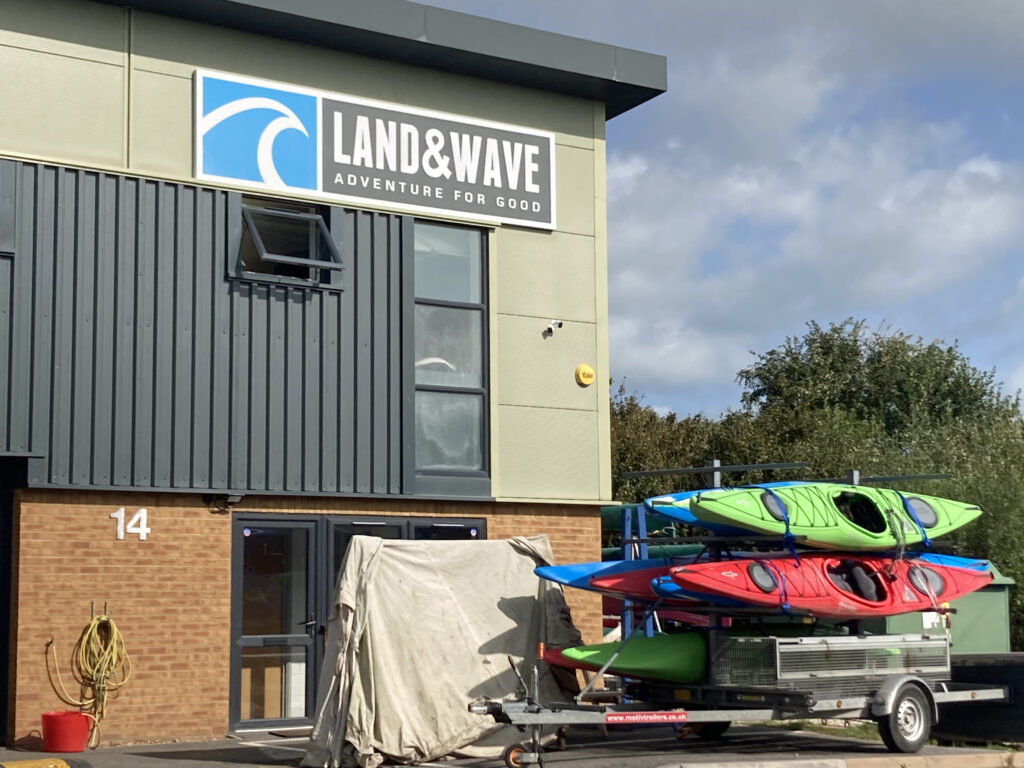
Land and Wave is one of a number of outdoor adventure companies based in Swanage
“An impossibly long four years”
A statement released after the inquest by Land and Wave said:
“It must have been an impossibly long four years for Iain’s loved ones, waiting to hear the full facts of the events of that day from all perspectives.
“We can only imagine what the past 12 days must have been like for them. Land and Wave has been present throughout the inquest to assist the coroner and our thoughts remain with Iain’s family and friends.”


